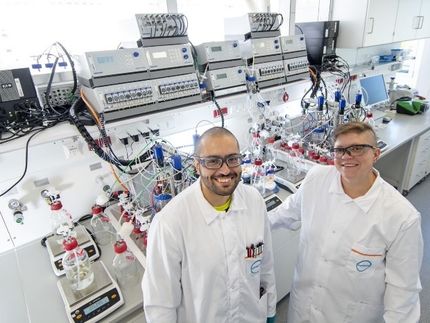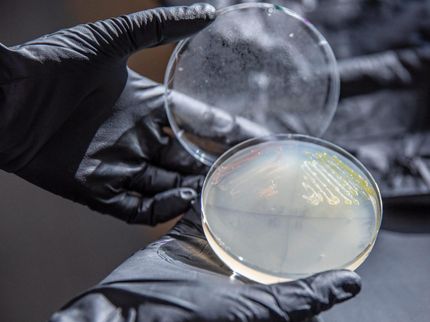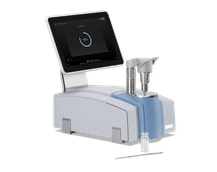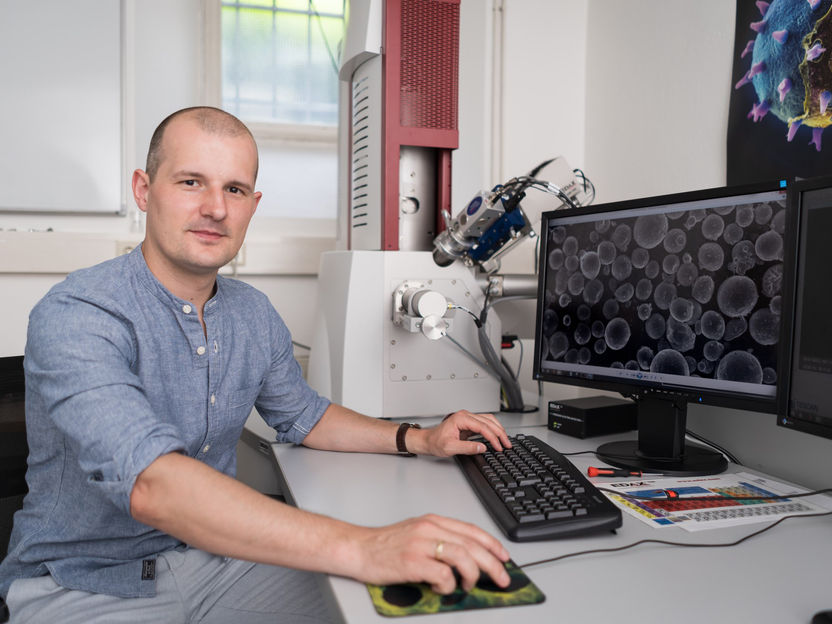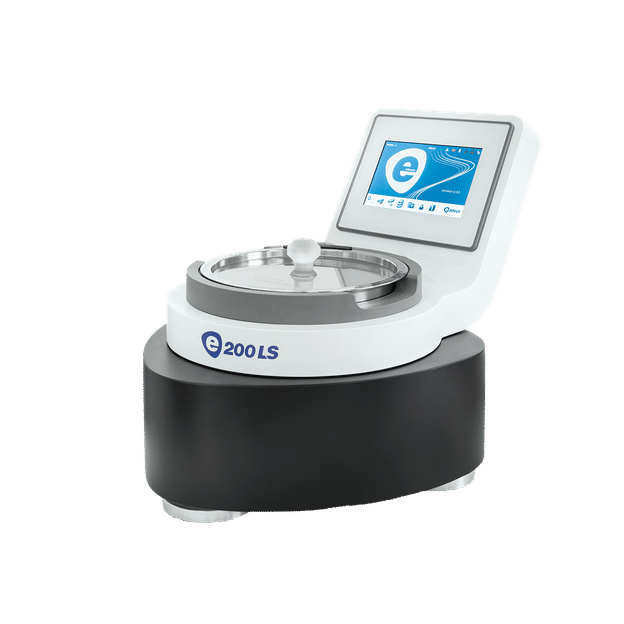Green chemistry needs more green toxicology
Sustainable bioeconomy: Development of environmentally friendly bio-shampoos and plant protection agent technologies
With the early assessment of sustainable, newly developed chemicals and products it is possible to assess a potential risk of toxic substances being released at a later point in product cascades. This has been revealed in a proof-of-concept study jointly coordinated by Goethe University Frankfurt and RWTH Aachen University. In the course of the study the toxicity of sustainable biosurfactants, potentially applied in, e.g., bio-shampoos, and of a new technology for the economical deployment of plant protection agents were analysed using a combination of computer modelling and laboratory experiments. The study is the first step towards a safe bioeconomy from an eco-toxicological stance, and which uses sustainable resources and processes to reduce environmental burdens significantly.
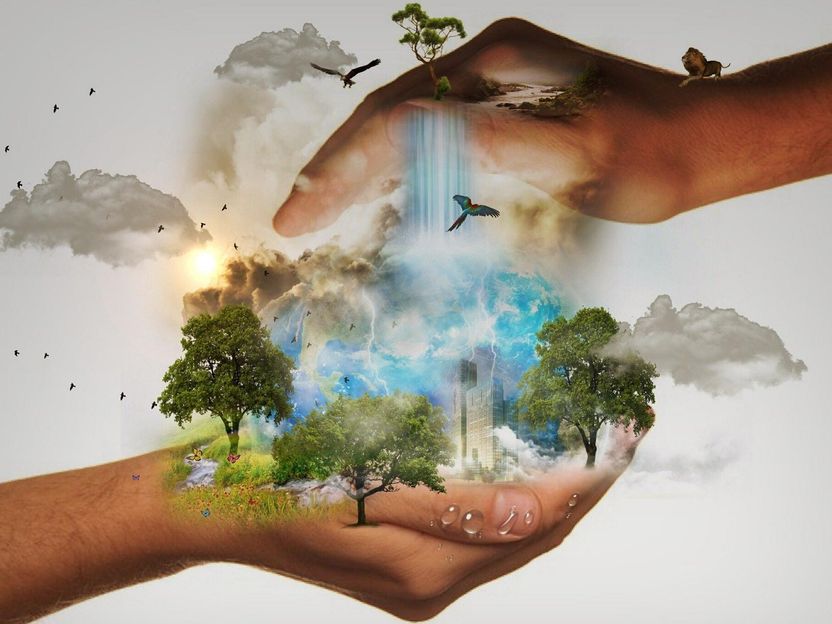
Symbolic image
pixabay.com
The natural resources of the planet are running short, yet at the same time they are the basis for our prosperity and development. A dilemma which the EU intends to overcome with the aid of its revised bioeconomy strategy. Rather than relying on fossil-based materials, the economy is to be based on renewable materials. These include plants, wood, microorganisms and algae. At some point in time everything is to be found in closed loops, yet the implementation of a circular bioeconomy requires a shift in the manufacture of chemicals. These also have to be produced from bio-materials rather than crude oil. Based on these requirements the American chemists Paul Anastas and John C. Warner formulated their twelve principles of green chemistry in 1998. One of their principles has very much been neglected to date, however: the reduction of the environmental toxicity of newly developed substances.
It is precisely here that the interdisciplinary project “GreenToxiConomy”, which is part of the scientific alliance Bioeconomy Science Center (BioSC), comes into play. The objective was to examine bio-based substances and innovative technologies with a view to their toxic impact on the environment at an early stage in product development and to incorporate the resulting findings into product design. Project partners from Aachen, Jülich and Düsseldorf provided two of their bio-based product candidates for the analyses: microgel containers for crop protection agents and biosurfactants.
The wash-active biosurfactants for use in shampoos and detergents at BioSC are based on the synthesis abilities of the Pseudomonas putida bacterium and the Ustilago maydis fungus, respectively, rather than on crude oil. The microgel technology allows for the controlled delivery of crop protection agents because the containers ensure that the active ingredients still adhere to the plants in the event of rain.
Dr. Sarah Johann, the lead author for the study and the head of a working group in the department of evolutionary ecology and environmental toxicology at the Institute for Ecology, Evolution and Diversity at Goethe University Frankfurt, explains: “For the analysis of novel substances and technologies we have selected a broad range of concentration to be able to adequately estimate potential hazards for humans and the environment. We wanted to examine whether the bio-based surfactants were more environmentally friendly than conventional chemical surfactants. In addition, we investigated whether the microgel containers per se induce any toxicity.”
To ensure the ecotoxicological evaluation was as precise as possible, the project team combined two elements in the determination of the toxicity: computer-aided prognoses (in silico) and experiments in the laboratory (in vitro and in vivo). The computer models work with the toxicity data of known chemicals, whose structure they compared with the structure of the new bio-based substances to forecast the toxicity. The experiments were conducted on aquatic and terrestrial organisms that represent specific organism groups, among them earthworms, springtails, water fleas and zebrafish embryos at a very early stage.
The result: both biosurfactants and microgels are highly promising candidates for use in a future bioeconomy whose products must be sustainably manufactured while not causing any environmental damage or harm to humans both during and after their utilisation. “We can only make statements within certain limits, however, as the transfer of laboratory results to the reality in the open field or in other applications is complicated,” says Johann. More research is necessary for a holistic assessment of the risk potential, which is why follow-up projects are planned.
Prof. Henner Hollert, head of the evolutionary ecology and environmental toxicology department at Goethe University Frankfurt, underlines the significance of the close interdisciplinary collaboration on “GreenToxiConomy”. In the project biotechnologists and engineers jointly designed a new product, and this was evaluated during the development stages by eco-toxicologists from Goethe University together with a team at RWTH Aachen headed by Prof. Dr. Martina Roß-Nickoll. “This continuous process is the major strength of the project.” Although it is only a first step towards a bioeconomy that is safe in eco-toxicological terms, for Hollert it is already clear that eco-toxicology and green toxicology will play a key role in the plans being drawn up by the EU. “Whenever it is a question of future bio-based product development and product design, we have to clarify the consequences for humans and the environment at an early stage. In this respect our approach can provide valuable results.”
